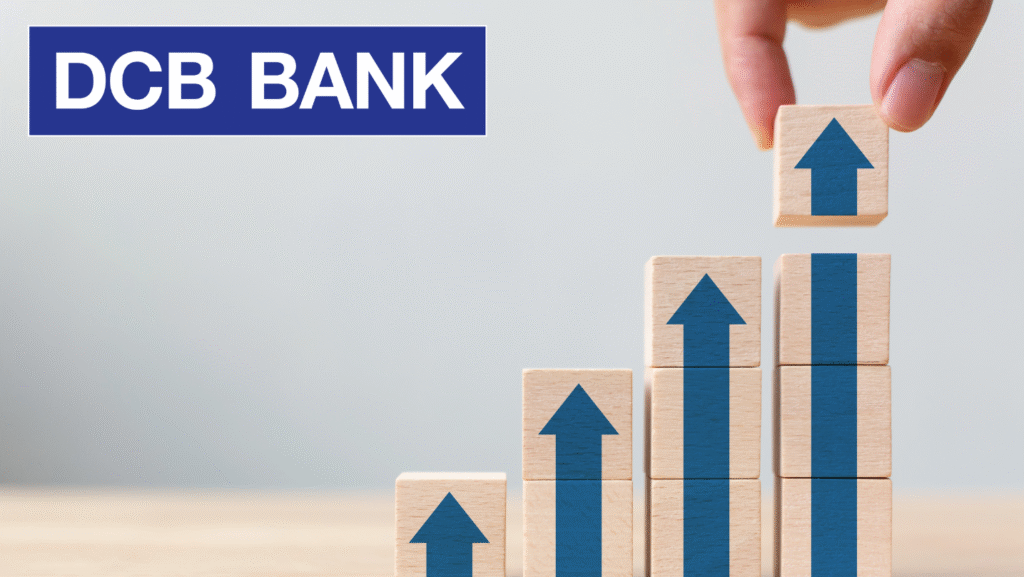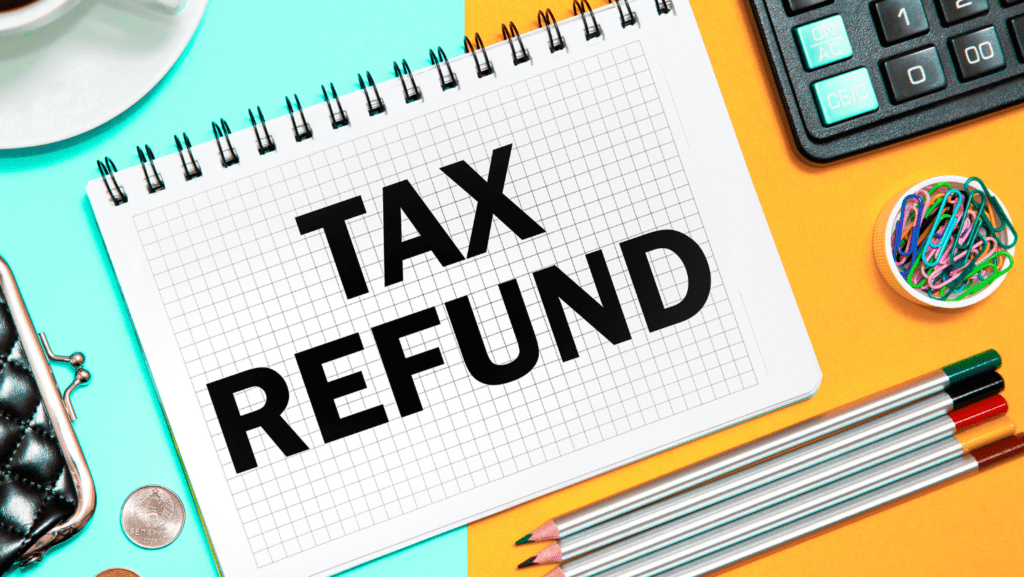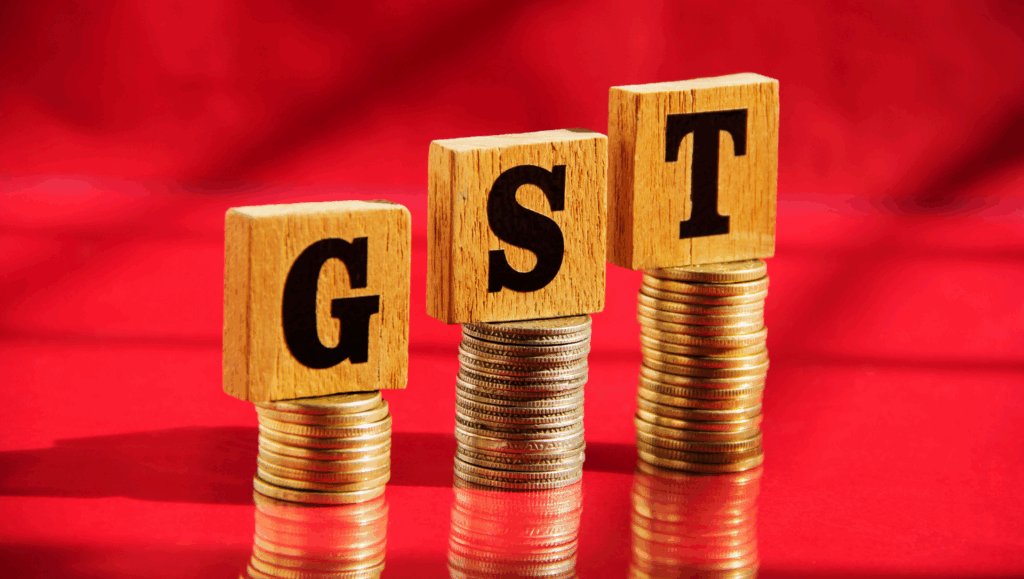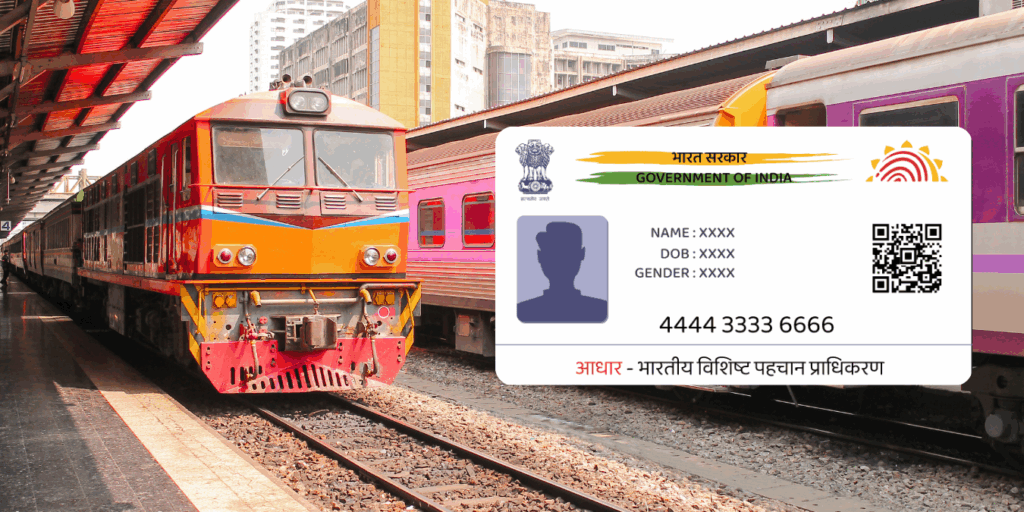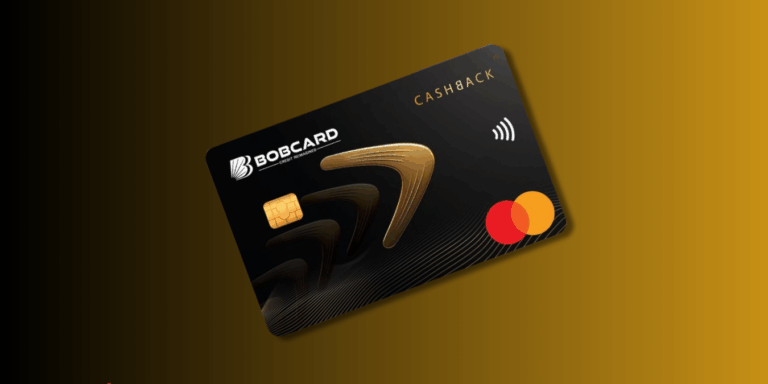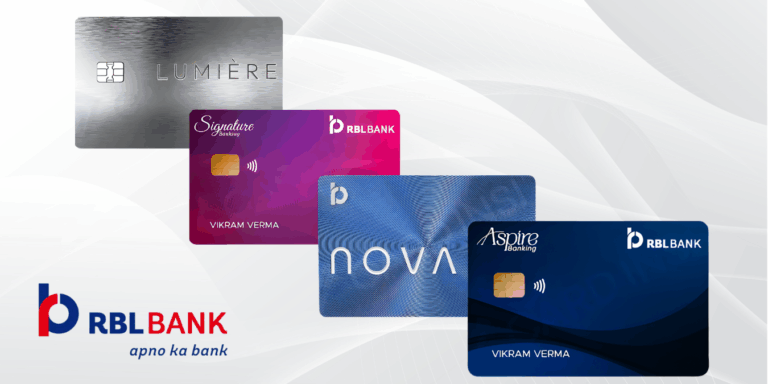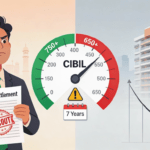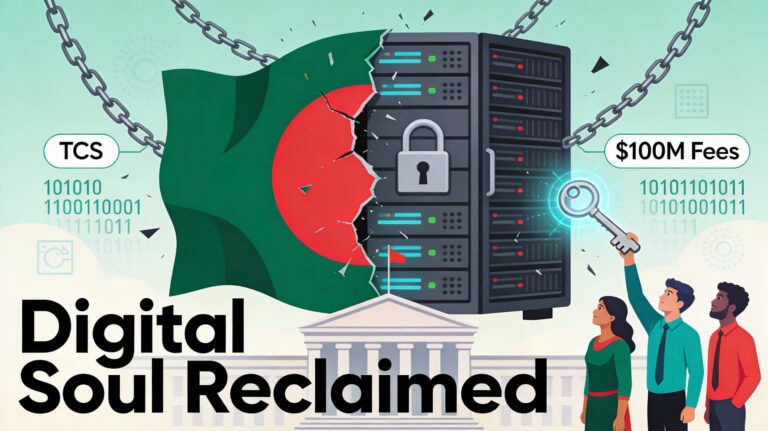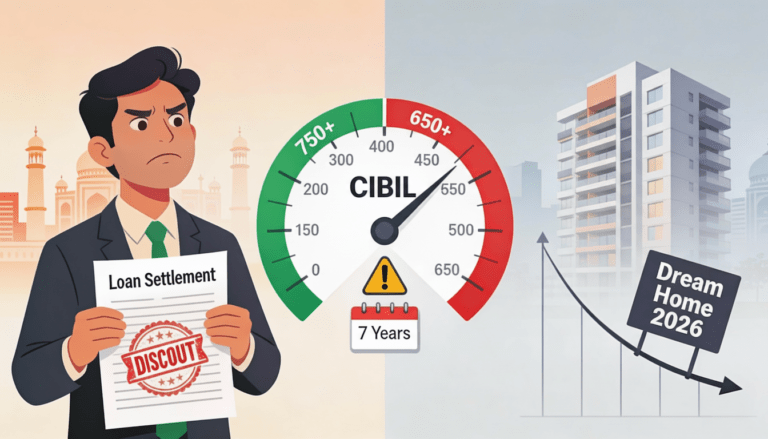
“The credit card limit for a ₹50,000 salary in India in 2025! From ₹25,000 to ₹5 lakh, learn how CIBIL score, DTI, and card type impact your limit. Get tips to boost your credit, explore top cards, and unlock financial flexibility with this comprehensive guide.”
Credit cards have become an essential financial tool in India, offering convenience, flexibility, and rewards for everyday spending. A common question among salaried individuals is, “What is the credit card limit for a ₹50,000 salary?” The answer depends on several factors beyond just your monthly income, including creditworthiness, debt levels, and credit history. In this blog post, we’ll explore how credit card limits are determined in India, what you can expect with a ₹50,000 monthly salary (₹6 lakh annually), and the latest data as of March 2025 to guide you. Whether you’re a first-time applicant or aiming to increase your limit, this 2000-word guide provides actionable insights optimized with SEO keywords like “credit card limit India,” “₹50,000 salary credit limit,” and “how to get a higher credit card limit” to rank on Google.
Understanding Credit Card Limits: The Basics
A credit card limit is the maximum amount a bank or issuer allows you to borrow on your card at any given time. For someone earning ₹50,000 per month in India, this limit varies based on financial profile and lender policies. Banks like HDFC, SBI, ICICI, and Axis assess your income, credit score, and repayment capacity to set this limit. It’s not a fixed number tied solely to your salary—other factors play a significant role. Let’s break down how a ₹50,000 monthly salary fits into this framework and what limit you might expect.
Factors That Determine Your Credit Card Limit in India
Here are the key factors that influence your credit card limit with a ₹50,000 monthly salary:
- Credit Score (CIBIL Score):
In India, your CIBIL score (ranging from 300 to 900) is a major factor. As per CIBIL’s Q1 2025 report, the average score in India is around 730, considered “good.” A score above 750 often leads to higher limits, while a score below 650 may restrict you to lower limits, even with a ₹50,000 salary. - Monthly Income:
A ₹50,000 monthly salary equals ₹6 lakh per year before taxes. Banks use this to assess your ability to repay. While there’s no fixed rule, many issuers in India offer credit limits ranging from 2-5 times your monthly income, depending on your credit profile. - Debt-to-Income (DTI) Ratio:
Your DTI compares your monthly debt obligations (e.g., EMIs, rent) to your income. A DTI below 40% is ideal in India. For a ₹50,000 salary, if your debts exceed ₹20,000 monthly, it could lower your credit limit. - Credit History:
A strong track record of timely EMI and bill payments increases your chances of a higher limit. For new credit users with a ₹50,000 salary, banks may start with a conservative limit. - Credit Utilization Ratio:
This is the percentage of your existing credit limit you’re using. Keeping it below 30% (e.g., ₹3,000 on a ₹10,000 limit) signals responsible usage and can qualify you for a higher limit. - Type of Credit Card:
Secured cards (backed by a fixed deposit) typically offer limits of ₹10,000-₹50,000, while premium unsecured cards (e.g., HDFC Regalia, SBI Elite) may provide ₹1 lakh or more, depending on your profile.
What Credit Card Limit Can You Expect with a ₹50,000 Salary in India?
Based on industry trends and data, here’s what you might expect for a ₹50,000 monthly salary (₹6 lakh annually):
- Entry-Level Credit Profile (CIBIL 600-649):
If you’re new to credit or have a fair score, expect a limit of ₹25,000 to ₹75,000. Banks like SBI or Kotak often offer starter cards (e.g., SBI Unnati) with modest limits for this group. - Average Credit Profile (CIBIL 650-749):
With a good credit score and manageable debt, a ₹50,000 salary could fetch a limit of ₹1 lakh to ₹2.5 lakh. This aligns with mid-tier cards like ICICI Coral or Axis Flipkart, popular among salaried professionals. - Excellent Credit Profile (CIBIL 750+):
For those with an excellent score, limits can range from ₹3 lakh to ₹5 lakh or higher. Premium cards like HDFC Infinia or Amex Platinum may approve such limits for a ₹50,000 salary, especially with low DTI and a solid credit history. - Industry Rule of Thumb:
In India, banks often set credit limits at 2-5 times your monthly salary. For ₹50,000, this translates to ₹1 lakh to ₹2.5 lakh, though exceptional cases with top-tier cards can exceed this.
Real-World Examples and Data
Let’s look at some benchmarks based on 2025 data from credit bureaus and issuer trends in India:
- Average Credit Limit in India:
According to a Reserve Bank of India (RBI) report from early 2025, the average credit card limit per cardholder is ₹1.8 lakh, up 5% from 2024 due to rising incomes and digital spending. For a ₹50,000 salary, your limit would likely fall below this average unless your credit is stellar. - HDFC Bank:
A leader in India’s credit card market, HDFC often approves limits of ₹1.5 lakh to ₹3 lakh for a ₹50,000 salary with a CIBIL score above 750 (based on user reviews on platforms like MouthShut in 2025). - SBI Card:
SBI’s offerings, like the SBI SimplyCLICK card, typically start at ₹50,000-₹1.5 lakh for this income level, catering to middle-income earners. - ICICI Bank:
ICICI’s Coral or Rubyx cards often provide limits of ₹1 lakh to ₹2.5 lakh for a ₹50,000 salary with good credit, per customer feedback on X in March 2025. - Axis Bank:
Known for rewarding salaried professionals, Axis offers limits of ₹1 lakh to ₹4 lakh on cards like the Axis Privilege for this income bracket.
These ranges are derived from a mix of issuer policies, customer experiences, and credit bureau insights.
How to Maximize Your Credit Card Limit with a ₹50,000 Salary
To secure a higher credit limit, follow these practical steps tailored for a ₹50,000 monthly salary:
- Improve Your CIBIL Score:
Pay EMIs and credit card bills on time, reduce utilization, and avoid frequent loan applications. Aim for a score above 750 to unlock limits of ₹3 lakh+. - Lower Your DTI:
Clear small loans or reduce EMIs (e.g., from ₹15,000 to ₹10,000 monthly) to show banks you can handle more credit. - Request a Limit Increase:
After 6-12 months of disciplined usage, contact your bank (e.g., via net banking or customer care) to request a higher limit. Submit your ₹50,000 salary slip and updated financials. - Choose the Right Card:
Opt for cards suited to your income. For a ₹50,000 salary, mid-tier cards like HDFC MoneyBack (₹1-2 lakh limit) or SBI Elite (₹2-4 lakh limit) are good fits. - Use a Secured Card as a Stepping Stone:
If your credit history is limited, start with a secured card (e.g., ICICI FD-backed card) with a ₹50,000 deposit to get a matching limit, then upgrade later. - Highlight Additional Income:
If you have side income (e.g., freelancing), declare it to boost your eligibility for a higher limit.
Popular Credit Cards for a ₹50,000 Salary
Here’s a curated list of cards you might qualify for with a ₹50,000 salary, based on current offerings:
- SBI SimplyCLICK:
Limit: ₹50,000-₹1.5 lakh
Best for online shopping; low annual fee (₹499) - HDFC MoneyBack:
Limit: ₹1 lakh-₹2.5 lakh
Offers cashback; ideal for beginners. - ICICI Platinum Chip:
Limit: ₹75,000-₹2 lakh
No annual fee; widely accepted. - Axis Flipkart:
Limit: ₹1 lakh-₹3 lakh
Great for e-commerce discounts. - Amex Membership Rewards:
Limit: ₹2 lakh-₹5 lakh
Premium option for excellent credit profiles.
Legal and Regulatory Context
The RBI regulates credit card issuance in India. Under the Credit Card Guidelines 2024, banks must assess an applicant’s repayment capacity, ensuring limits don’t overburden borrowers. For a ₹50,000 salary, issuers adhere to this by capping limits unless justified by creditworthiness. Additionally, the rise of UPI-linked credit cards (e.g., SBI Cashback Card) in 2025 offers flexible limits tied to digital spending habits, benefiting salaried individuals.
What’s Your Credit Card Limit with a ₹50,000 Salary?
For a ₹50,000 monthly salary in India, your credit card limit could range from ₹25,000 to ₹5 lakh, depending on your CIBIL score, DTI, and the type of card you choose. With an average profile (CIBIL 700), expect ₹1-2.5 lakh, while excellent credit could push it higher. To maximize your limit, focus on improving your credit score, managing debt, and applying strategically.
Ready to apply? Research cards from HDFC, SBI, or ICICI, and compare offers tailored to your ₹50,000 salary. A higher limit isn’t just about spending—it’s about building financial flexibility and credit health and beyond.
-
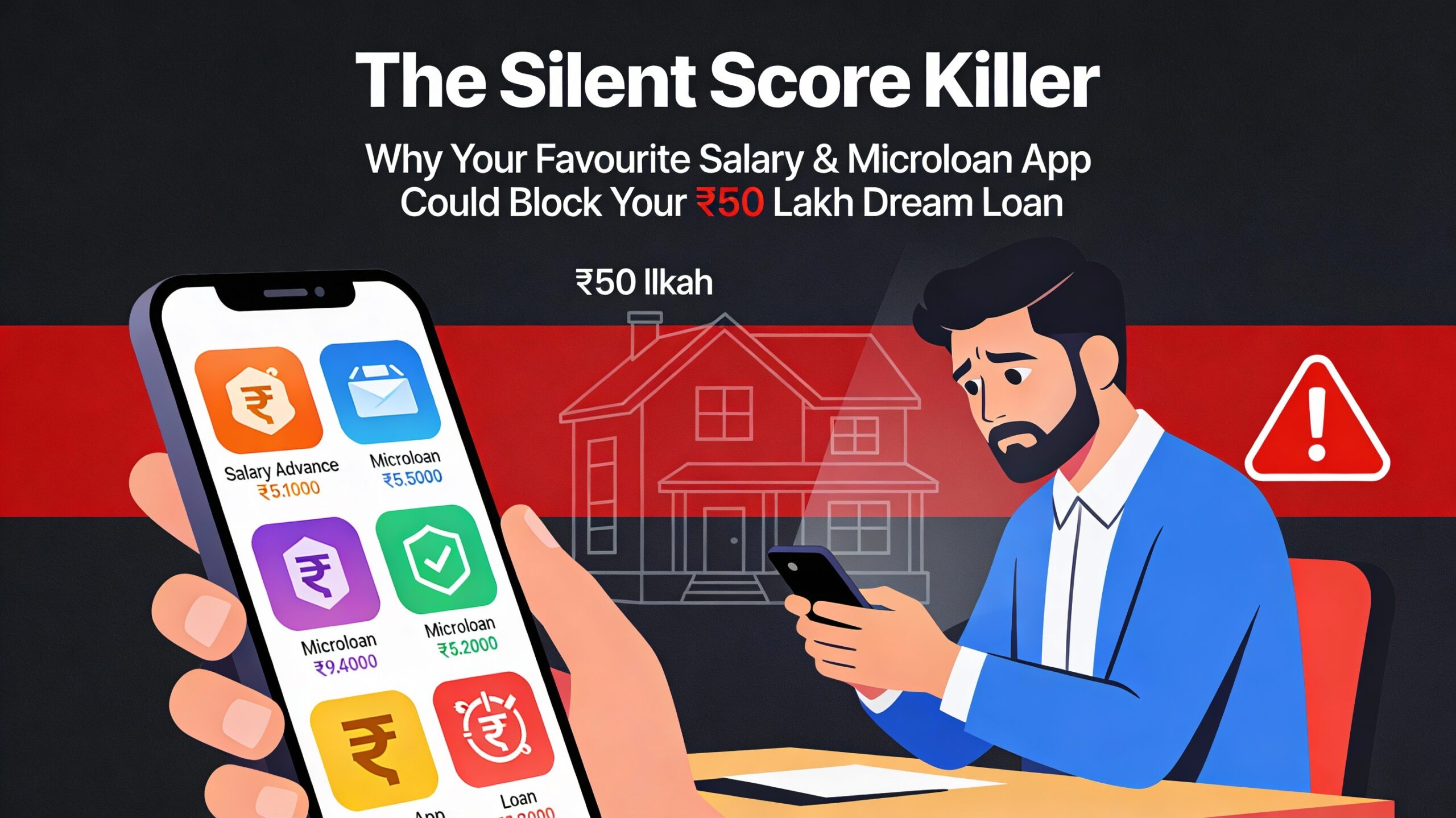
The Silent Score Killer: Why Your Favourite Salary and Microloan App Could Block Your ₹50 Lakh Dream Loan
-

Bangladesh Bank Takes Back Its Digital Soul $100 Million Shift: Just Ditched Indian Banking Software
-
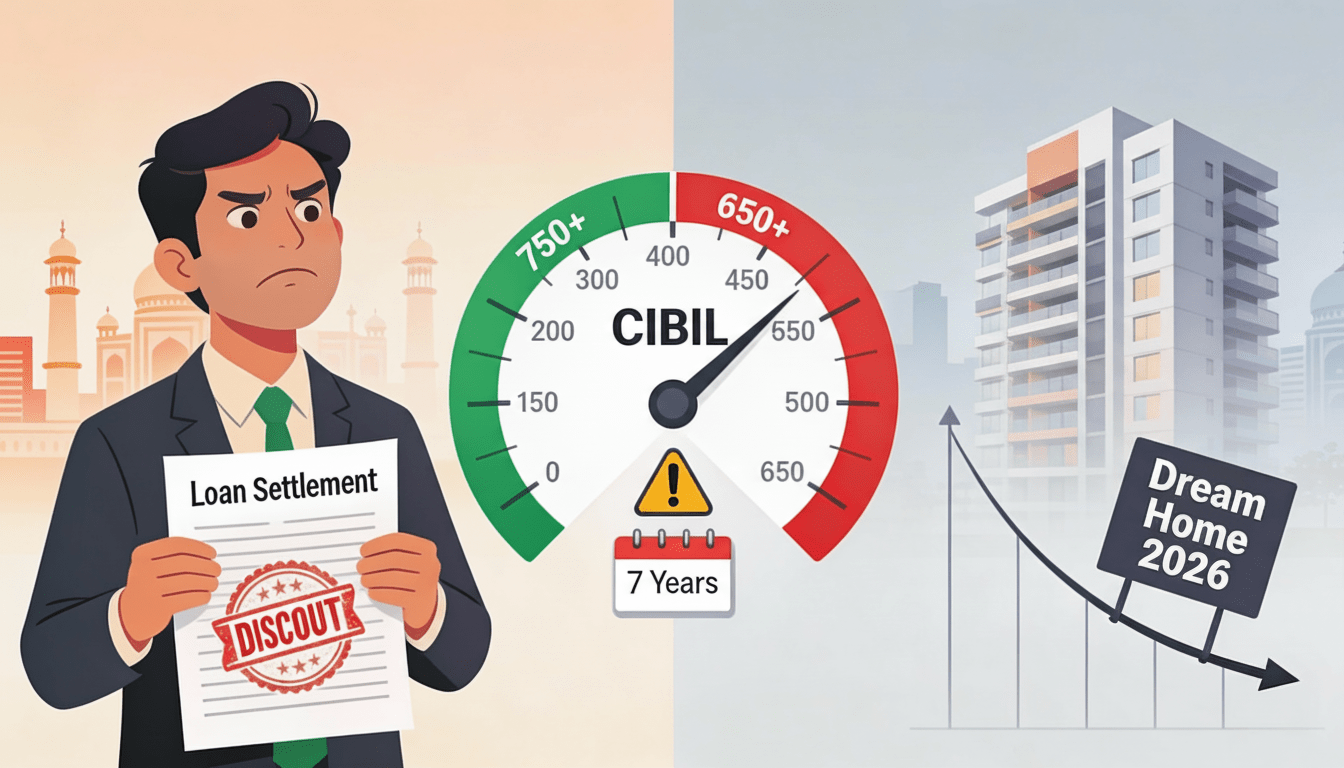
The Hidden CIBIL Trap: Why Settling Your Personal Loan Could Cost You a Dream Home in 2026?

